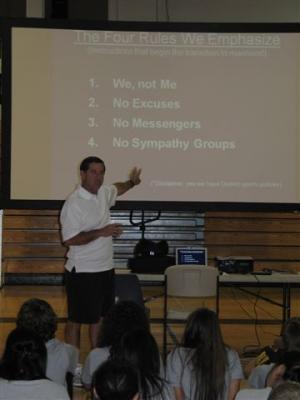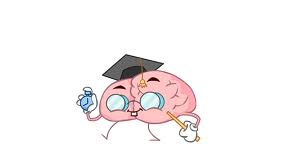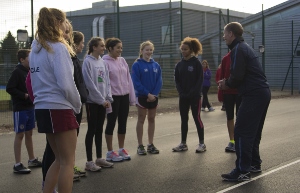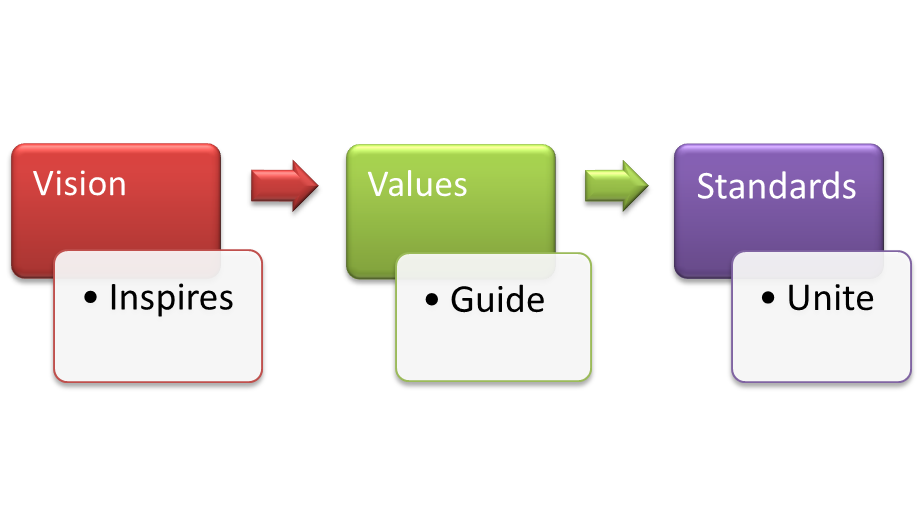Posts Tagged ‘Transformational Coaching’
Improve your coaching through storytelling.
Ever wondered why you aren’t getting through to your athletes or peers? You have listed the references, provided the data, and shown a few charts, just like your undergraduate lecturers told you to. They would be proud. Professor Bill McGuire, of UCL, said this, ‘Scientific papers, however well-written, rarely carry the emotional weight of a…
Read More12 coaching lessons learnt in 2018
Things I think I have learnt this year 1.Athletes, especially young ones, have so much happening in their lives that our influence is minimal. Coaches need to realise this. 2. Periodisation planning is flawed in group settings in all but the most controlled environments (see #1). Every athlete doing your sessions has eaten, slept, socialised,…
Read MoreCoaching Better Every Season: Wade Gilbert
“If I want to get better, I need to know what better is.” Wade Gilbert gave an excellent overview of the coaching process and becoming a better coach at his GAIN seminar. This also served as an overview of his excellent book of the same name. His talk was split into 4 parts: Envision: Pre-season…
Read MoreWhy Lego is a symbol of lack of sporting creativity
Lego and sports clubs have become sterile environments Lego sets used to stimulate children’s (and their parent’s) imaginations. In the 1970s the goal of Lego was to use imagination and explore as you can see in the letter on the right. Now, Lego blocks are almost always sold as part of some marketing tie- in…
Read MoreTeam building: a different approach
“Pretty much everything we do in life is a co-operative endeavour”
 said Clay Erro at the beginning of his inspirational talk at GAIN. Clay is a recently retired Californian High School teacher and football coach.
said Clay Erro at the beginning of his inspirational talk at GAIN. Clay is a recently retired Californian High School teacher and football coach.
He was kind enough to share some of the lessons he has learnt over his career.
Read MorePumping up your tyres- How to improve performance.
I had a great session screening a couple of young multi event athletes last week. The coaches were present which made exchange of information very clear and easy for all concerned.
Read More10 Commandments of Great Coaching: Wayne Goldsmith
The 10 Commandments of Great Coaching
 Wayne Goldsmith is a Coach Educator based in Australia known as the Sports Coaching Brain. Here are some key points on how to be a great coach.
Wayne Goldsmith is a Coach Educator based in Australia known as the Sports Coaching Brain. Here are some key points on how to be a great coach.



